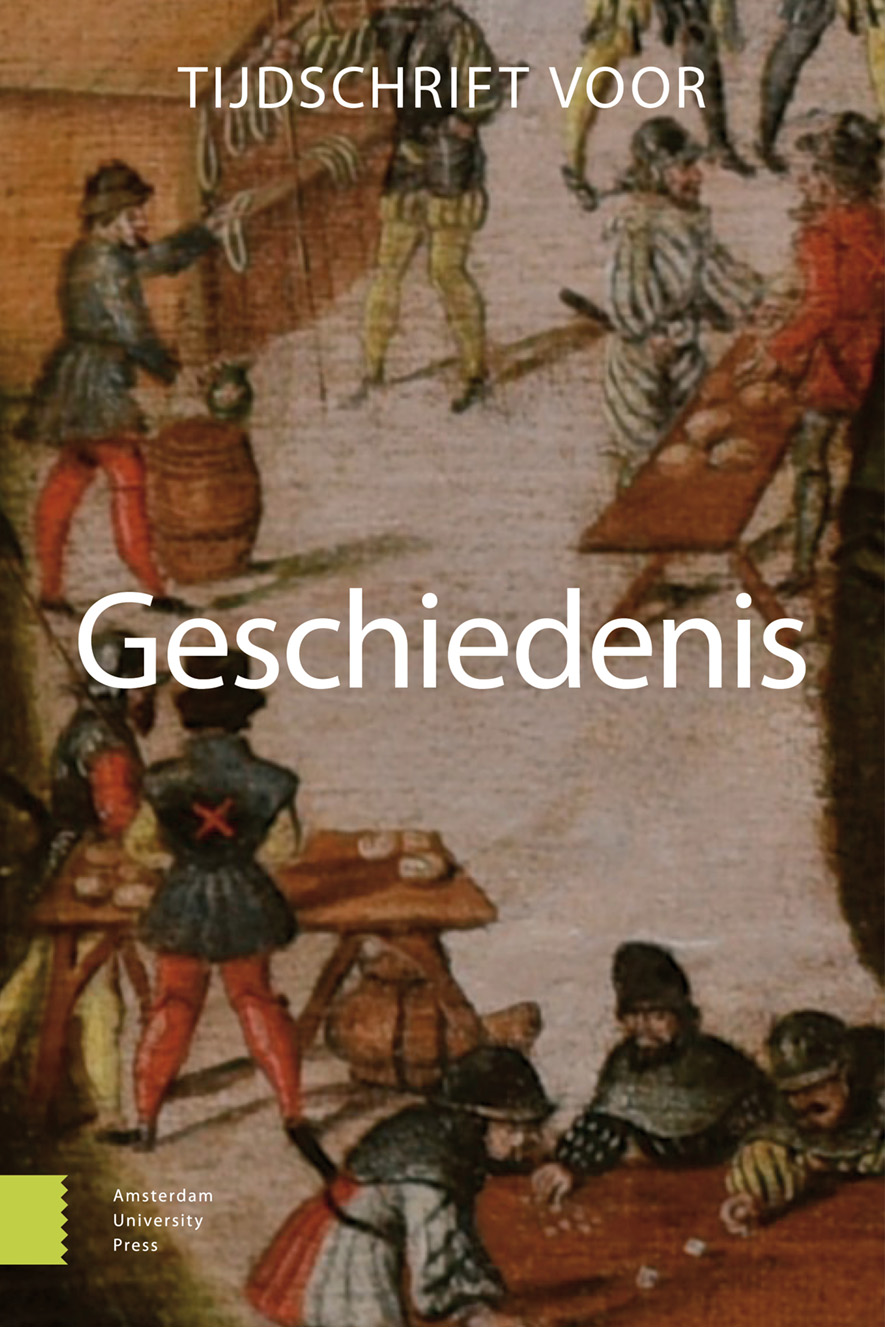-
oa Experts, experimenten en veepestbestrijding in de Oostenrijkse Nederlanden, 1769-1785
- Amsterdam University Press
- Source: Tijdschrift voor Geschiedenis, Volume 128, Issue 1, Jan 2015, p. 23 - 43
Abstract
Experts, experiments, and the fight against rinderpest in the Austrian Netherlands, 1769-1785
When rinderpest broke out in the Austrian Netherlands in 1769, a policy of eradication was instituted in which koeimeesters – local lay veterinary healers – played a pivotal role. They continued to be relied upon despite criticism by academic doctors and the failure of experiments in which cures were attempted. This is explained by the construction of disease and expertise by both koeimeesters and doctors: since both groups saw disease as a matter of imbalance and corruption in the humours, necessitating an individual program of purgative and purifying remedies, neither was able to satisfy state demands for a quick and simple treatment. Nevertheless, the koeimeesters’ ability to diagnose the illness, as well as their presence throughout the countryside, meant that government elites continued to rely on these lay healers and their judgement in the execution of policy.


